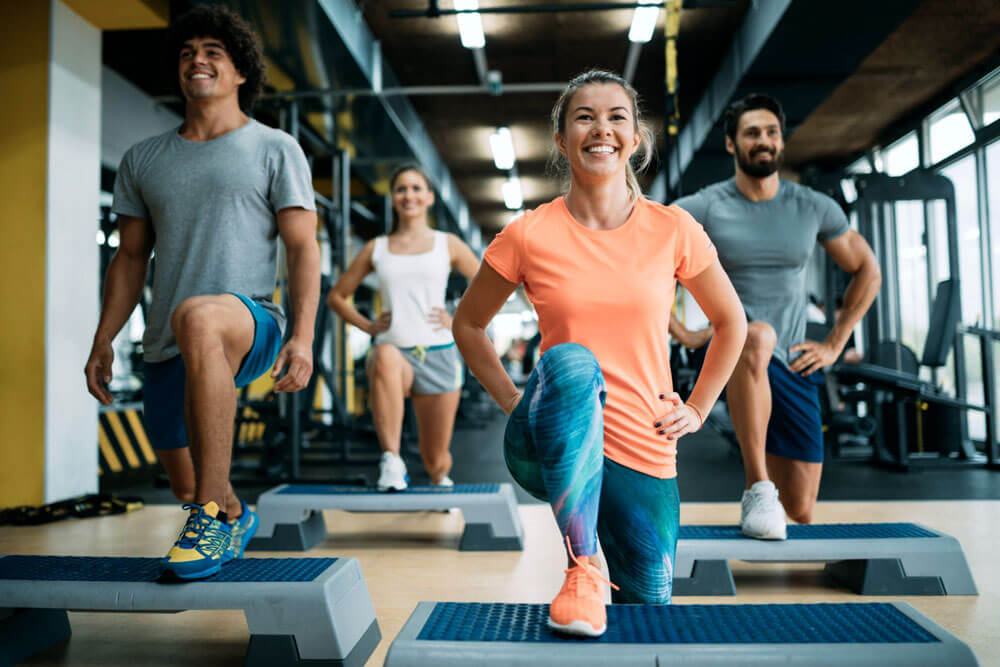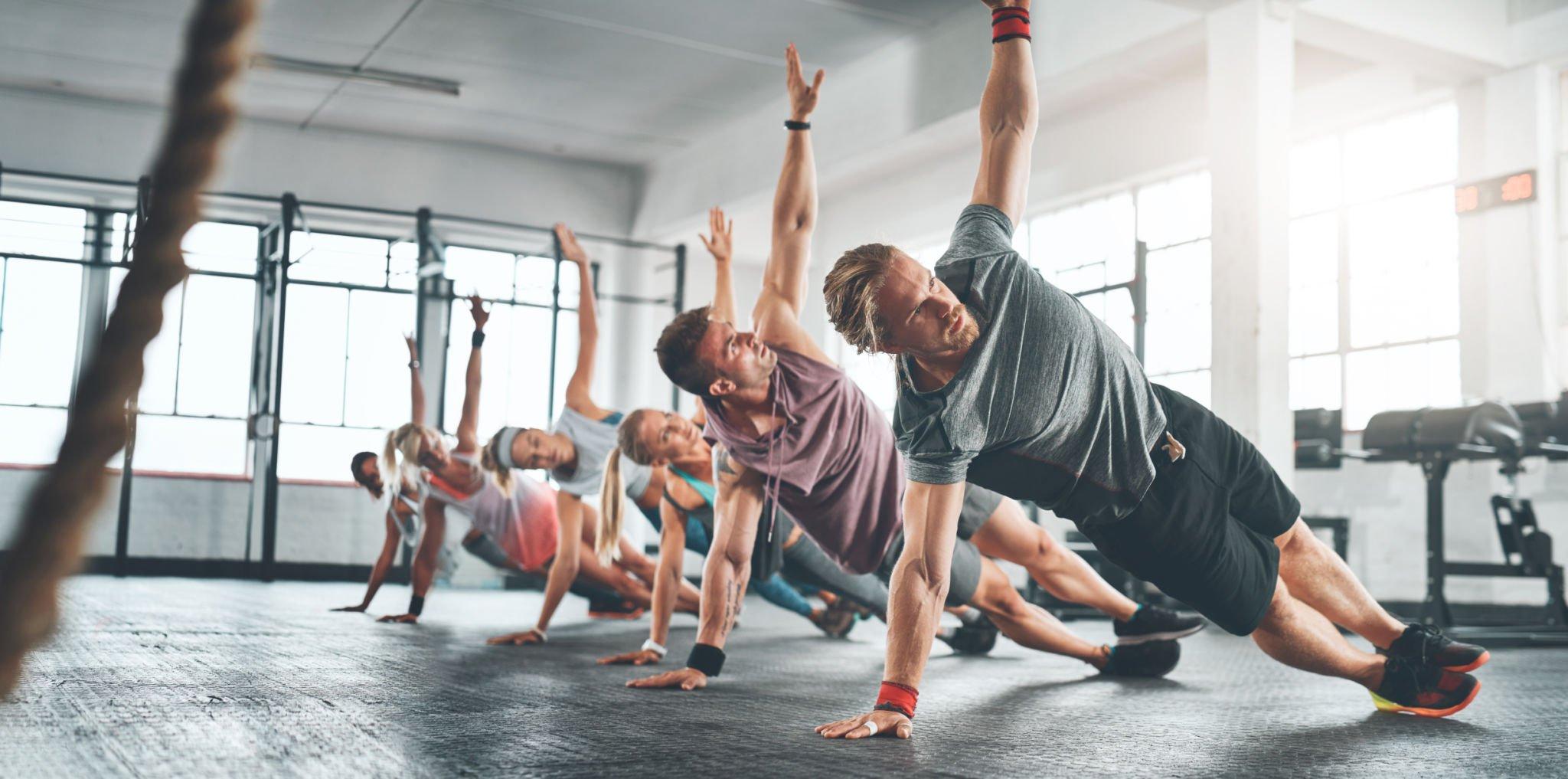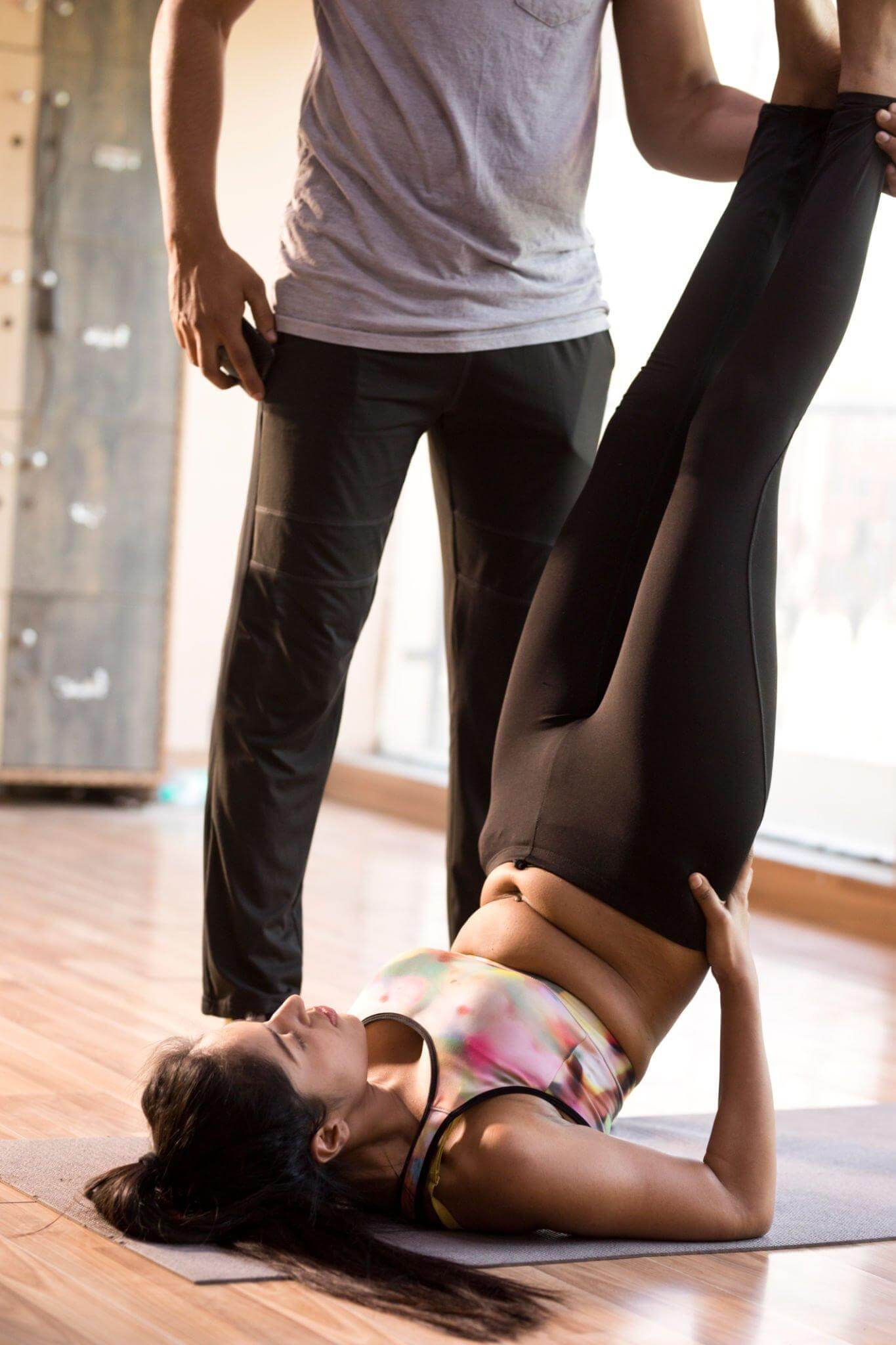
Health and exercise are more crucial than ever in the post-COVID era, not only to prevent inactive lifestyles but to support our emotional well-being during isolation.
After COVID, we are eschewing the notion of exercising and staying healthy just to look nice on Instagram. No matter the age or level of fitness, people’s happiness and health are more crucial. Growing from health clubs to health hubs is a fantastic opportunity for everyone in the fitness sector to expand.
In the post-pandemic era, remote working is the new normal. It brings with it its own set of advantages and disadvantages. Another health problem is developing as we become more stationary and less mobile than we were before the pandemic, despite our continued efforts to flatten the coronavirus curve by putting in place various preventative measures. Our whole health is being impacted by COVID-19 in ways that are not directly related to getting the virus. Additionally, we must face the fact that despite leaving the worst behind, the coronavirus and its variants are still in the air. Thus, caution must be executed in the post-pandemic era.
We are aware that maintaining a healthy lifestyle depends on fitness. And any trainer worth their salt is aware that exercise plays a significant role in preventative healthcare.
People who maintain good health have fewer preventable illnesses like type II diabetes. And any amount is helpful!
The post-pandemic days are causing a lot of people to struggle, be it physically, intellectually, emotionally, or socially. But even before COVID-19, there was an elixir that could be used to alleviate these problems. In the ongoing fight against the aftermath of COVID-19, regular physical activity is emerging as one of the strongest protective factors—a crucial component of a comprehensive plan to promote and preserve our health and productivity.
The value of physical activity is still at the top of our minds even though immunization programs are now fully operational and our lives have returned to the near normal. Compared to before the pandemic, research suggests that people are less happy.
What can fitness business owners do to address the increased need for exercise for future mental and physical health as well as cosmetic reasons? And how can the fitness sector expand and shift from health clubs to health hubs using the lessons acquired from the pandemic?

Fitness for health in the post-COVID period
Since the pandemic, people who don’t often visit the gym are seeking ways to get healthy, proving that fitness is more than just lifting weights and getting ripped. For these new health-conscious but gym-averse people, online fitness has created new opportunities. They can choose from a selection of at-home exercises, daily step challenges, basic yoga, and other options.
Although some folks may be interested in cosmetic rewards like weight loss and muscular definition, their primary objective is to improve their health. Lockdowns have transformed our routines and helped us to understand how vital everyday exercise is to maintaining our general health and fitness after COVID.
Through technology, quarantine led us to seek new ways to exercise without going outside or to a gym, and if anything, fitness technology has democratized the sector. It has considerably decreased the bar for physical activity, whether alone or in socially isolated groups.
This has proven especially helpful for those who either couldn’t or didn’t want to join a traditional gym. They now have a wide variety of content available for fitness and wellness following COVID, whether it be due to mobility challenges or because they were a risk category.
How can fitness centers, studios, and personal trainers serve these newly identified target markets?
With a full hybrid selection! Additionally, don’t assume that providing digital training to your new clients will make it any less personalized.
A hybrid solution that mixes digital training with indoor and outdoor group training is a must-have business model for fitness providers aiming to fulfill the wishes and demands of the new consumers looking to work on their health and fitness post-COVID, regardless of their age or their goals.

Fitness helping individuals in the post-COVID-19 era
After being exposed to the restrictions of lockdown, new types of gym-goers seeking to get fit were discussed above.
As well as the consequences on their general health.
However, there is a brand-new and expanding target population that will gain the most from fitness: those who have lengthy COVID.
Chronic fatigue, sore muscles and joints, and shortness of breath are just a few symptoms that long COVID patients experience. Although it seems almost counterintuitive, research shows that patients’ fitness and health improve after COVID.
There is also more to it. Regular exercise enhances immunological function, which may improve vaccine effectiveness. Furthermore, it needn’t even be much.
Five days a week of 30 minutes of exercise cut the risk of contracting and dying from infectious diseases by 37%.
This proves that there is still a lot of room for personal trainers, fitness centers, and studios to expand their companies. Most importanly, pay attention to what is going on and what needs there are in your community. You are qualified and knowledgeable to assist these individuals in achieving their health objectives.
Fitness and exercise play a vital role in preventive healthcare
Now that we know that healthier people who exercise frequently tend to get sick rarely, preventive medicine is much more crucial. And it’s becoming clearer to us that this issue transcends COVID-19.
There is a demand for facilities where clients can exercise and receive medical care as the prevalence of chronic diseases among the population rises. These are known as “Clinical Gyms,” where nearby healthcare professionals help people access specialist exercise and health services.
Additionally, some conventional gyms have begun working with medical specialists. They now provide their clientele with preventive healthcare services, whether they are physicians or physical therapists.
This can include everything from physical examinations to therapeutic massages and nutritional counseling to acupuncture, hypnotherapy, and body sculpting. There are countless options available in the post-pandemic era.


Individuals are living in fear concerning their health in the post-pandemic times
Survey after survey shows we are living with greater fear, worry, and psychological stress in the post-pandemic times. The adverse effects of lockdown on our collective mental health are apparent worldwide. The primary mental health complaints include:
- Anxiety
- Depression
- Insomnia
- Obsessive-compulsive disorders
- Anger and irritability
- Difficulty concentrating
According to research, what individuals have been through at the start of the post-pandemic period is comparable to post-traumatic stress disorder (PTSD).
For instance, a study in Italy with over 18,000 participants discovered that nearly 40% were displaying PTSD symptoms after completing COVID-19 tests. Other nations have also reported similar outcomes.
Conclusion
The deadly endemic and its aftermath have taught us a lot. Our world has changed, and so have we. Fitness and health post-COVID are essential. With fitness technology democratizing the industry and giving more and more people the freedom to exercise and practice preventive health care is the new norm these days.
New exercise regimens that meet the safety requirements of the pandemic necessitate some creative adaptations. Nonetheless, the new health threats of COVID-19 have highlighted the fact that we need to do whatever it takes to engage in exercises and renew our focus on the importance of keeping ourselves healthy. The physical, psychological, emotional, and social gains of physical exercise are more important now than ever before.
